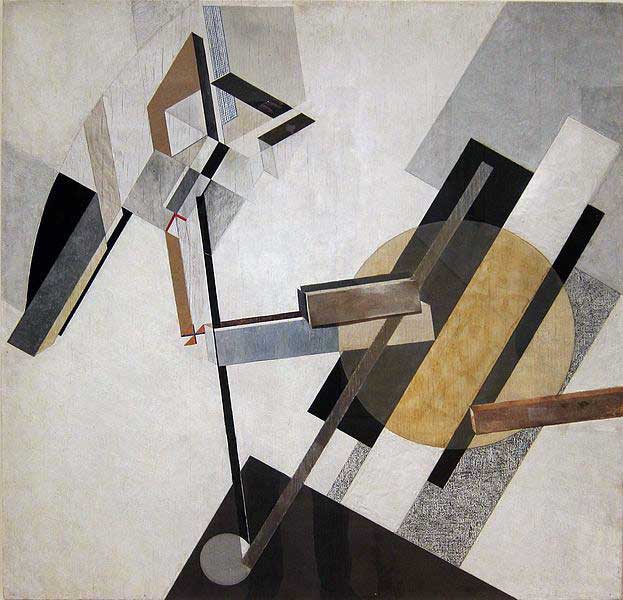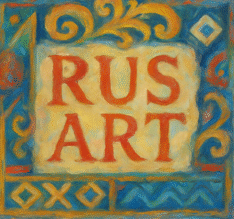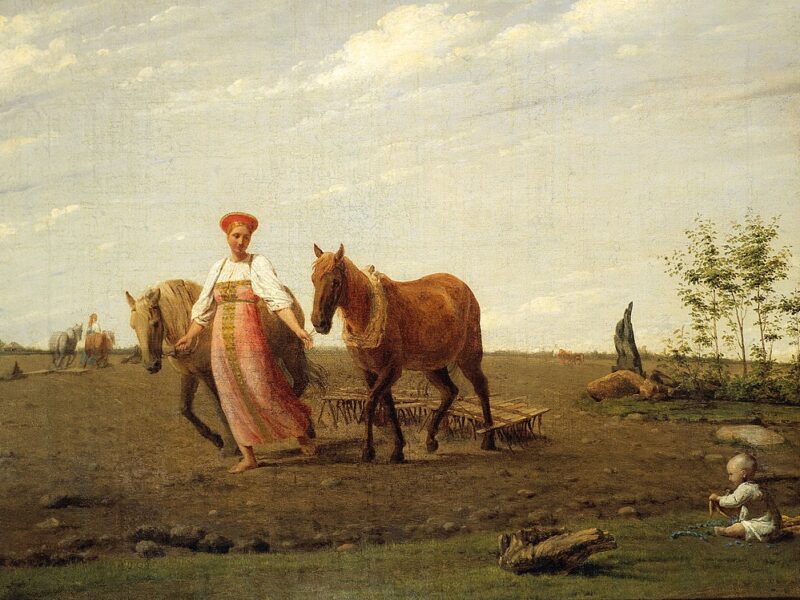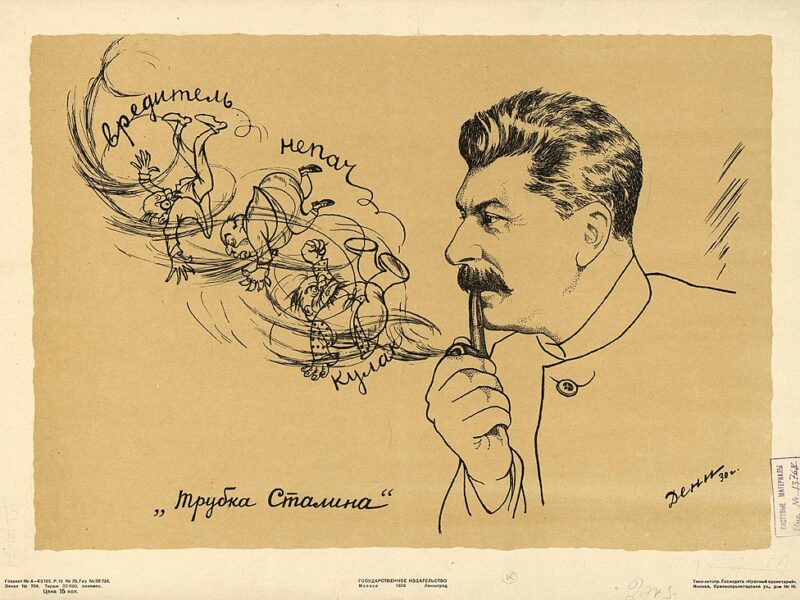The Russian Avant-Garde movement stands as one of the most dynamic and influential artistic periods of the early 20th century. Emerging against the backdrop of immense social and political change, these radical artists redefined the boundaries of visual expression, challenging conventional aesthetics while creating new artistic languages that continue to inspire creators today. From approximately 1890 to 1930, Russian artists pioneered revolutionary approaches to painting, sculpture, architecture, graphic design, and photography that broke with traditional forms. This article explores the fascinating world of Russian Avant-Garde art, examining its key figures, groundbreaking styles, cultural context, and lasting legacy across the global art landscape.
The Birth of Russian Avant-Garde: Historical Context
The Russian Avant-Garde movement emerged during a period of intense transformation in Russian society. The early 20th century saw Russia transition from an imperial power to a revolutionary state, with social and political upheaval creating fertile ground for artistic innovation.
In the years preceding the 1917 Revolution, Russia experienced a cultural awakening. The influence of Western European modernist movements began to reach Russian shores, inspiring local artists to experiment with new forms of expression. However, what distinguishes the Russian Avant-Garde from its Western counterparts was its unique synthesis of international modernist ideas with distinctly Russian cultural traditions and revolutionary politics.
Many Russian artists had traveled to Paris, Berlin, and other European art centers, absorbing the innovations of Cubism, Expressionism, and Futurism. Upon returning to Russia, they transformed these influences through the lens of their cultural heritage and revolutionary aspirations. The result was an artistic explosion that went beyond mere aesthetic experimentation—it aspired to transform society itself.
The 1917 Revolution initially galvanized many Avant-Garde artists who saw themselves as cultural revolutionaries aligned with political change. The early Soviet state supported experimental art through newly established art schools and cultural institutions. This brief marriage between radical politics and radical aesthetics produced some of the most innovative art of the 20th century before Stalin’s rise to power and the introduction of Socialist Realism effectively ended the Avant-Garde era.
Key Movements and Styles
Suprematism: The Quest for Pure Feeling
Suprematism, founded by Kazimir Malevich in 1915, represents one of the most radical departures in art history. Malevich rejected representational art entirely, reducing painting to its most basic geometric forms and limited color palettes. His iconic “Black Square” (1915)—a simple black square on a white background—became the movement’s manifesto in visual form, stripping art to its absolute essence.
Suprematist compositions featured floating geometric shapes against white backgrounds, creating dynamic relationships between forms. Malevich described this approach as the “supremacy of pure feeling in creative art.” By eliminating references to visual reality, he sought to access a higher spiritual plane through abstract art.
The movement extended beyond painting into architecture, textile design, and ceramics. Malevich and his followers, including El Lissitzky and Ilya Chashnik, created “architectons”—three-dimensional models that influenced architectural thinking, despite rarely being built to full scale.

Constructivism: Art with Social Purpose
While Suprematism pursued spiritual purity, Constructivism embraced the material world of industry and technology. Led by Vladimir Tatlin and Alexander Rodchenko, Constructivists rejected “art for art’s sake” in favor of art with social purpose. They considered themselves “artist-engineers” who could help build the new socialist society through practical design.
Constructivist works featured precise geometric forms, bold typography, photomontage, and industrial materials. The movement’s manifesto declared, “Art into production!”—reflecting the belief that artists should apply their talents to designing everyday objects and communications that served the revolution.
Tatlin’s “Monument to the Third International” (1919-1920), though never built, epitomizes Constructivist ambition—a proposed 400-meter spiral tower that would have dwarfed the Eiffel Tower while housing the Communist International headquarters. Its dynamic, spiraling form symbolized revolutionary progress while incorporating practical spaces for governmental functions.
Rayonism: Capturing Light and Energy
Mikhail Larionov and Natalia Goncharova developed Rayonism between 1912 and 1914, focusing on depicting the dynamic rays of light reflected from objects rather than the objects themselves. This style used fragmented forms and intersecting lines to create vibrant compositions filled with energy and movement.
Rayonist paintings feature dense networks of bright, linear elements that suggest both the object and the space around it simultaneously. The style represented a brief but influential moment in the Russian Avant-Garde, bridging Cubo-Futurism and more abstract approaches.

Cubo-Futurism: Speed, Technology and Fragmentation
Russian Cubo-Futurism combined elements of Italian Futurism’s fascination with technology and speed with Cubism’s fragmented forms. Artists like Kazimir Malevich (before his Suprematist period), Alexandra Exter, and Lyubov Popova created works that fractured traditional representation while celebrating modern industrial life.
The movement extended beyond visual art into literature, with poets like Vladimir Mayakovsky and Velimir Khlebnikov developing “zaum”—a transrational language that emphasized sound over meaning. This cross-disciplinary approach typified the Russian Avant-Garde’s integration of different art forms.
Pioneering Figures of the Russian Avant-Garde
Kazimir Malevich: The Radical Abstractionist
Kazimir Malevich’s artistic journey took him from early experiments with Impressionism and Symbolism to the creation of Suprematism, one of the world’s first completely abstract art systems. His 1915 exhibition “0.10” marked a turning point in art history, featuring his “Black Square” painting hung in the corner of the room—the position traditionally reserved for religious icons in Russian homes.
Malevich’s theoretical writings, including “From Cubism and Futurism to Suprematism” (1915), articulated his vision of an art freed from the burden of representing visual reality. Despite facing increasing pressure during Stalin’s regime, he continued developing his ideas until his death in 1935, even returning to figurative painting in his final years while maintaining his abstract principles.
Vladimir Tatlin: Revolutionary Architect and Designer
Vladimir Tatlin pioneered the Constructivist approach to art and design. After visiting Picasso’s studio in Paris, he returned to Russia and began creating “counter-reliefs”—three-dimensional constructions of industrial materials that juted from the wall or hung from wires, exploring the properties of materials rather than representing external subjects.
His unbuilt “Monument to the Third International” became an enduring symbol of revolutionary architectural vision. Tatlin later focused on creating practical objects for everyday use, including the famous “Letatlin,” an ornithopter (human-powered flying machine) that combined engineering principles with graceful biomimetic design.
Varvara Stepanova and Lyubov Popova: Revolutionizing Textile Design
These two women artists transformed Constructivist principles into practical applications, particularly in textile and fashion design. Rejecting decorative patterns, they created geometric designs suitable for mass production in the new socialist economy. Their work at the First State Textile Factory produced fabrics with bold, geometric patterns intended for workers’ clothing.
Stepanova and Popova advocated for “prozodezhda” (production clothing) designed for specific work functions rather than decorative appeal. Their designs emphasized mobility, practicality, and the expression of modern life through geometry and rhythm.
El Lissitzky: Bridging Art and Design
El Lissitzky played a crucial role in disseminating Russian Avant-Garde ideas internationally. His “Prouns” (Projects for the Affirmation of the New) existed between painting and architecture, using geometric forms to create compositions that suggested three-dimensional space while remaining abstract.
As a graphic designer, typographer, and exhibition designer, Lissitzky created innovative books, posters, and exhibition spaces that revolutionized visual communication. His children’s book “About Two Squares” (1922) used simple geometric forms to tell a revolutionary story, demonstrating how abstract art could communicate to broad audiences.

The Russian Avant-Garde in Applied Arts
Revolutionary Book Design and Typography
Russian Avant-Garde artists transformed book design into a revolutionary art form. El Lissitzky, Alexander Rodchenko, and others reinvented typography, page layout, and illustration to create books that were not merely containers for text but integrated artistic statements.
These designers abandoned traditional centered text blocks and ornamental borders in favor of dynamic diagonals, bold contrasts, and geometric structures. Typography became architectural—letters and words constructed like buildings on the page. Red and black ink dominated, reflecting revolutionary symbolism while maximizing impact with minimal resources.
Book projects like Mayakovsky’s “For the Voice,” designed by Lissitzky, integrated text and graphic elements so that the visual appearance reinforced the sound and meaning of the poetry. These innovations influenced graphic design internationally, particularly through the Bauhaus movement in Germany.
Film and Photography: New Ways of Seeing
Avant-Garde principles revolutionized visual perception through film and photography. Filmmakers like Dziga Vertov rejected conventional narrative in favor of montage techniques that juxtaposed images to create new meanings. His film “Man with a Movie Camera” (1929) celebrated modern urban life while exposing the mechanisms of filmmaking itself.
In photography, Alexander Rodchenko pioneered unusual viewpoints—shooting subjects from above, below, or extreme close-up to defamiliarize everyday objects and create more dynamic compositions. His photomontages for publications and posters combined images and text in ways that transformed visual communication.
Architecture and Exhibition Design: Spaces for a New Society
Though few Avant-Garde architectural projects were fully realized, their designs profoundly influenced 20th-century architecture. Konstantin Melnikov created several notable buildings in Moscow, including his own cylindrical house and workers’ clubs with innovative spatial arrangements designed to facilitate new social interactions.
Exhibition spaces designed by El Lissitzky and others rejected passive viewing in favor of environments that actively engaged visitors. Their exhibition designs for international expositions helped spread Russian Avant-Garde concepts worldwide while demonstrating how spatial design could embody ideological principles.
Cultural Exchange and International Influence
The Russian Avant-Garde maintained an ongoing dialogue with international art movements. Artists traveled between Moscow, Paris, Berlin, and other European centers, exchanging ideas and techniques. The Bauhaus school in Germany particularly absorbed Russian Constructivist principles through figures like El Lissitzky and Wassily Kandinsky.
Art journals like “LEF” (Left Front of the Arts) published writings and designs that circulated across Europe, while exhibitions in Western capitals introduced Russian innovations to international audiences. This exchange went both ways—Russian artists incorporated elements of Cubism, Dada, and other Western movements while transforming them into distinctly Russian expressions.
The Decline of the Avant-Garde Under Stalin
By the late 1920s, official support for experimental art was waning. Stalin’s rise to power brought increasing pressure to abandon abstract forms in favor of more accessible, propagandistic art. The 1932 decree “On the Reconstruction of Literary and Art Organizations” effectively ended official tolerance for Avant-Garde experimentation.
Socialist Realism became the mandated style, requiring art to be realistic in form, socialist in content, and accessible to the masses. Many Avant-Garde artists faced difficult choices—adapt to the new requirements, abandon art entirely, or face severe consequences. Some, like Malevich, attempted to incorporate their radical principles within more acceptable figurative work. Others were marginalized, imprisoned, or executed during the purges.
Museums removed Avant-Garde works from display, replacing them with Socialist Realist paintings celebrating Soviet achievements. For decades, these revolutionary works remained hidden in storage facilities or survived only in private collections, largely forgotten until their rediscovery in the post-Stalin era.
Rediscovery and Legacy
Interest in the Russian Avant-Garde revived during the Khrushchev Thaw of the 1960s, when some works were cautiously returned to museum display. Western art historians began serious research into this period, recognizing its significance for modern art development.
After the dissolution of the Soviet Union, Russian museums mounted major exhibitions reassessing the Avant-Garde’s importance. International exhibitions like the Solomon R. Guggenheim Museum’s “The Great Utopia” (1992) introduced these works to global audiences. Art markets witnessed surging interest in these once-suppressed works, with pieces by Malevich and others achieving record prices at auction.
The design principles pioneered by Russian Constructivists continue to influence contemporary graphic design, architecture, and fashion. Their integration of text and image, bold use of color, and dynamic geometric compositions remain fundamental to modern visual communication. Contemporary architects and designers regularly reference Constructivist and Suprematist forms in their work.
Quick Takeaways
- The Russian Avant-Garde flourished from approximately 1890-1930, ending with Stalin’s cultural policies.
- Key movements included Suprematism, Constructivism, Rayonism, and Cubo-Futurism.
- Women artists like Popova, Stepanova, and Goncharova played central roles in developing the movement.
- Russian Avant-Garde extended beyond painting into design, architecture, film, typography, and textiles.
- These artists saw their work as integral to building a new society, not merely aesthetic experimentation.
- The movement significantly influenced global art and design through the 20th century to today.
- Many important works remained hidden in Soviet storage facilities for decades before being rediscovered.
Frequently Asked Questions
What defines Russian Avant-Garde art? Russian Avant-Garde refers to radical, experimental art created in Russia from roughly 1890-1930, characterized by abstract forms, geometric compositions, and integration across disciplines including painting, sculpture, architecture, and design.
Why was the Russian Avant-Garde suppressed? Stalin’s regime considered abstract art inaccessible to ordinary people and potentially subversive. In 1932, Socialist Realism became official state policy, requiring art to be realistic, optimistic, and focused on celebrating Soviet achievements.
How did Russian Avant-Garde differ from Western modernism? While influenced by Western movements like Cubism, Russian artists incorporated distinctly Russian elements and were more directly engaged with social and political transformation, believing art should help build the new socialist society.
What is the significance of Malevich’s “Black Square”? Created in 1915, this painting of a simple black square on white background represented a radical break with representational art, reducing visual expression to its most fundamental elements and becoming a symbol of artistic revolution.
Are Russian Avant-Garde works valuable today? Yes, these works command high prices at international auctions. Kazimir Malevich’s paintings have sold for over $60 million, reflecting both their art historical importance and their rarity due to decades of suppression.
Tags: russian art, avant-garde, modernism


